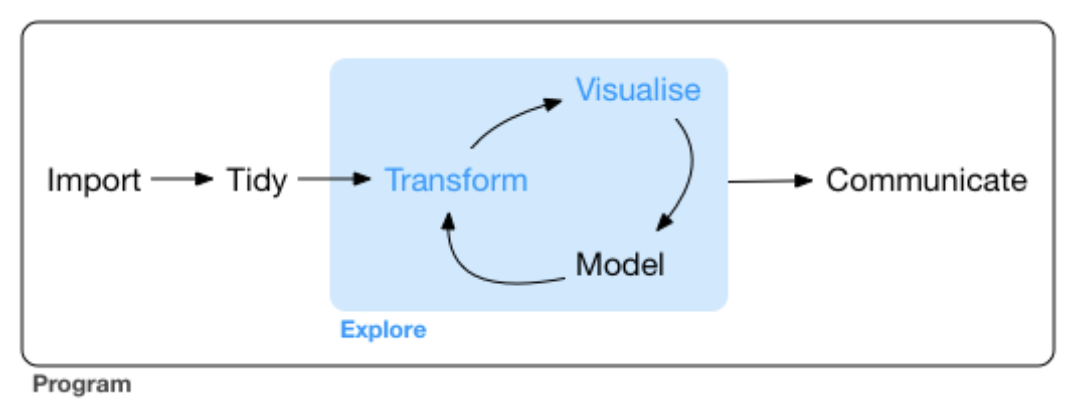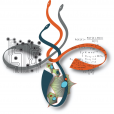How to wrangle with marine microbes
M Hallett
21/07/2020
Plan for Today
Check out Les Stroud’s Youtube channel for classic Survivorman.
Today I will be stranded on a desert island in the fierce conditions of the south pacific ocean.
With nothing but my Arc’teryx jacket and a single RSTudio Cloud license;
I will seek to survive the incredible sunny days, really salty water, and relentless sand
… suriving on nothing more than microbes that I wrangled into my \({\tt tibble}\).
It might seem easy but a week without that special tea from Indonesia of questionable legality which my grad student keeps giving me, and you are dead.
Our attempt to harvest Tara Oceans data
… and wrangle it into our RStudio session.
Sunagawa et al. (2015) Structure and function of the global ocean microbiome. Science
We will start our survival expedition here Sunagawa et al. (2015) Supplemental Data
Map of where we are

Survivorman’s goals
A bit about metagenomics
3 zones of assessment for wrangling wild data
We will also learn a little bit of Unix.
Get (a bit of) the data from Tara Oceans into a tibble.
What is metagenomics?
Intro. to Metagenomics: more focus on human microbiomes whereas we are looking at marine microbiomes.
Other links to material for metagenomics computational biology. This sort of analysis comes later.
Today we are just focused on wrangling a metagenomics dataset into R.
What is metagenomics?
- Sampling the microbiome of a site.
- human: gut, mouth, etc.
- soil
- water: ocean, lakes, …
- What is a microbiome?
- The collection of endogenous viruses, Bacteria, Archae, and single-celled Eukaryota living in a space or environment.
- They can be living in commensal, pathogenic or symbiotic relationsips with each other and their environment (host).
- What are the fundamental questions?
- What taxa are present?
- What is the frequency of each taxa?
- What is the state of each organism (eg measured through transcriptomics)?
- What does each taxa contribute to the community or environment?
- For example, a sample may have a lot of cyanobacteria because…
- For example, a sample may have a lot of Vibrio spp because …
- For example, a smaple may have a lot of protists because …
Tara Oceans Project
Sample is essentially an Eppendorf of sea water with many metaparameters describing the envrionment.
- lattitude and longitutde, date, time
- from soil bed, 1 meter above, near sea surface etc.
- depth of sample, temperature of water
- salinity, nitrogen, phosphate and other chemical parameters of water
- method used, person who collected it, processing time, kit numbers etc
All genomic DNA (gDNA) is extracted from the sample
… and prepared for sequencing (see slides and video now)
BIOL 480 on location
© M Hallett, 2020 Concordia University
